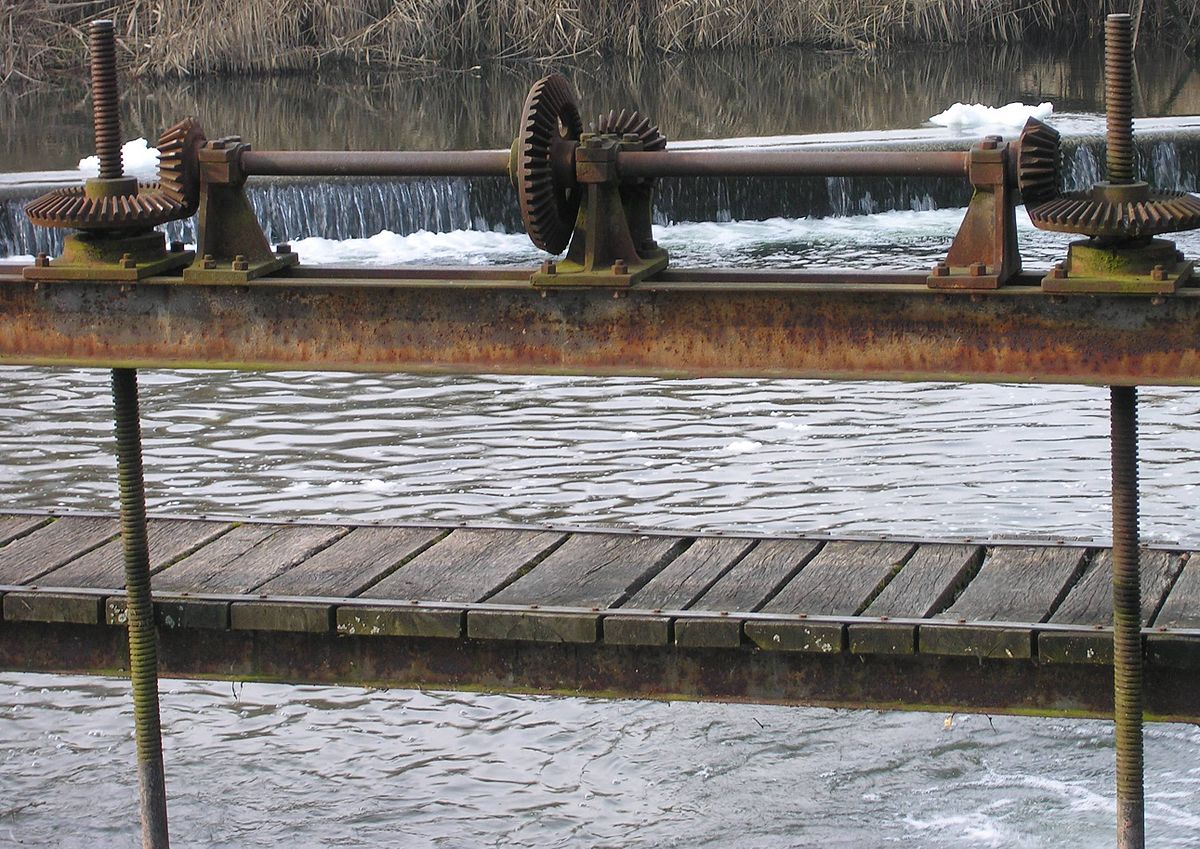Real Well of Souls vibe: https://ibb.co/HpR8pcc
We have this 55' deep hand-dug, field stone and mortar well on our property (don't worry it's usually capped). About 7' across at the top, tapers as it goes down. Makes you real glad you didn't live in the olden days. All the visible piping in the photo is where it also collects water from an adjacent dry well. I'd like to put both back into service for additional irrigation water, but of course pump in the bottom is dead and stuck. No movement at all.
At the bottom, they added a well casing and dropped a submersible pump in there at some point. Water is visible at the top of the casing. I dropped a lamp down there but couldn't tell how deep or the casing material. We have a cistern about 70' down in elevation from here that's at the water table, so I assume the casing is at or near water table as well.
Anyway, I need to pull the pump to measure the depth and get a fresh pump in there to check the recharge and flow. I have access to the black poly pipe and a nylon cord both attached to the pump. Any bright ideas on how to pull it before I just chain it to my front end loader and lift (and prolly break the pipe)? Thanks!
We have this 55' deep hand-dug, field stone and mortar well on our property (don't worry it's usually capped). About 7' across at the top, tapers as it goes down. Makes you real glad you didn't live in the olden days. All the visible piping in the photo is where it also collects water from an adjacent dry well. I'd like to put both back into service for additional irrigation water, but of course pump in the bottom is dead and stuck. No movement at all.
At the bottom, they added a well casing and dropped a submersible pump in there at some point. Water is visible at the top of the casing. I dropped a lamp down there but couldn't tell how deep or the casing material. We have a cistern about 70' down in elevation from here that's at the water table, so I assume the casing is at or near water table as well.
Anyway, I need to pull the pump to measure the depth and get a fresh pump in there to check the recharge and flow. I have access to the black poly pipe and a nylon cord both attached to the pump. Any bright ideas on how to pull it before I just chain it to my front end loader and lift (and prolly break the pipe)? Thanks!

